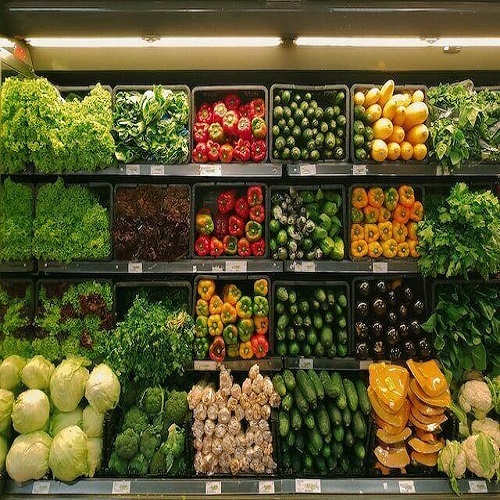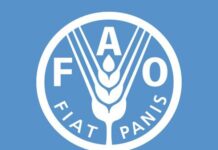Global food commodity prices saw a modest rise in June, driven by increased prices for meat, vegetable oils, and dairy products, the United Nations’ Food and Agriculture Organization (FAO) reported on Friday.
The FAO Food Price Index (FFPI) averaged 128.0 points in June 2025, marking an increase of 0.7 points (0.5%) from May. Although prices for cereals and sugar fell, this was offset by gains in the indices for dairy, meat, and vegetable oils. Overall, the FFPI stood 7.0 points (5.8%) higher than in June 2024, though it remained 32.2 points (20.1%) below its peak in March 2022.
The FAO Sugar Price Index, which averaged 103.7 points in June, dropped 5.7 points (5.2%) from May, marking its fourth consecutive monthly decline. This was the lowest level since April 2021. The decline was largely due to improved supply conditions in key producing nations. In Brazil, drier weather conditions led to an accelerated sugarcane harvest, resulting in higher-than-expected output, while India and Thailand also saw improved crop prospects due to favorable monsoon rains and expanded plantings.
Meanwhile, the FAO Cereal Price Index averaged 107.4 points in June, a decline of 1.6 points (1.5%) from May and 7.8 points (6.8%) lower than a year earlier. Maize prices fell sharply for the second consecutive month, largely due to increased supplies from Argentina and Brazil. Prices for sorghum and barley also decreased, while international wheat prices rose, driven by weather concerns in key producing regions, including parts of the Russian Federation, the European Union, and the United States. The FAO All Rice Price Index also declined by 0.8%, mainly due to weaker demand for Indica rice varieties.
The FAO Vegetable Oil Price Index increased by 3.5 points (2.3%) in June, averaging 155.7 points. This was 18.2% higher than June 2024 levels. The rise was driven by higher prices for palm, rapeseed, and soy oils, although sunflower oil prices saw a slight decline. Palm oil prices surged by nearly 5% due to strong global demand, while soy oil prices also rose in anticipation of higher feedstock demand for biofuels in Brazil and the U.S. Rapeseed oil prices were bolstered by expectations of tight global supplies for the 2025/26 season, while sunflower oil prices fell, driven by expectations of increased production in the Black Sea region.
The FAO Meat Price Index increased by 2.6 points (2.1%) in June, averaging 126.0 points. This was a 6.7% rise compared to June 2024, reaching a new record high. Price increases were seen across all meat categories except poultry. Bovine meat prices hit a new peak, driven by tight export supplies from Brazil and strong demand from the U.S., which put upward pressure on Australian export prices. Pig meat prices also rose due to steady global import demand, while ovine meat prices increased for the third consecutive month, supported by robust international demand. Conversely, poultry meat prices declined due to ample domestic supplies in Brazil, though the situation improved later in the month after Brazil regained its HPAI-free status.
Finally, the FAO Dairy Price Index averaged 154.4 points in June, up 0.8 points (0.5%) from May and 26.5 points (20.7%) higher than the previous year. Butter prices saw the largest monthly increase, rising by 2.8% to a record high of 225 points, driven by tight supply in Oceania and the EU, as well as strong demand from Asia. In the EU, lower milk production due to environmental regulations and the lingering effects of bluetongue virus outbreaks also supported higher butter prices. Cheese prices rose for the third consecutive month due to solid demand in East Asia, although skim milk powder and whole milk powder prices fell due to weaker demand and ample global supplies.
















